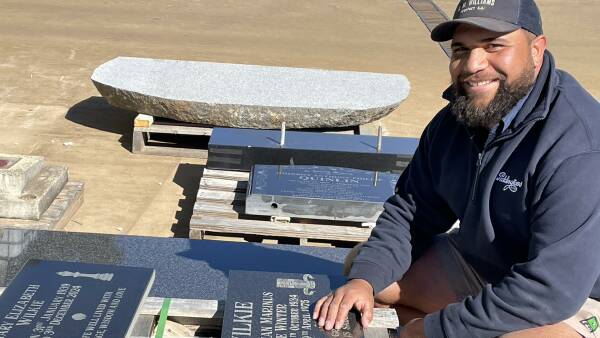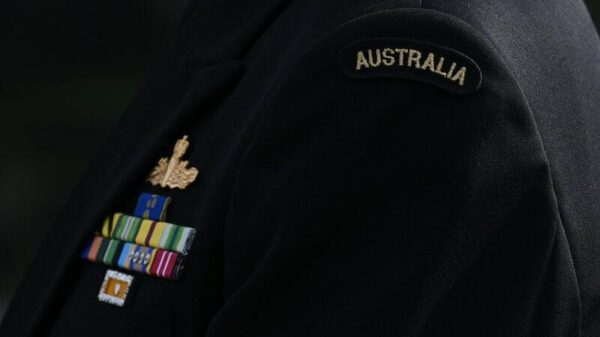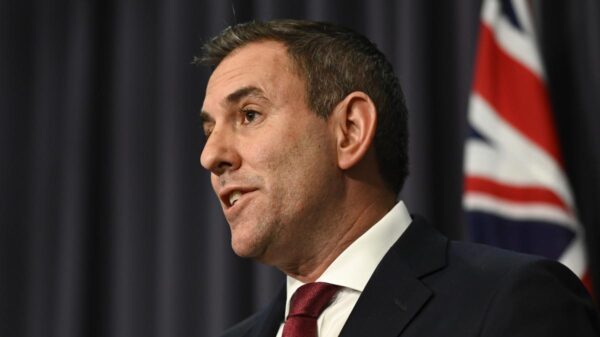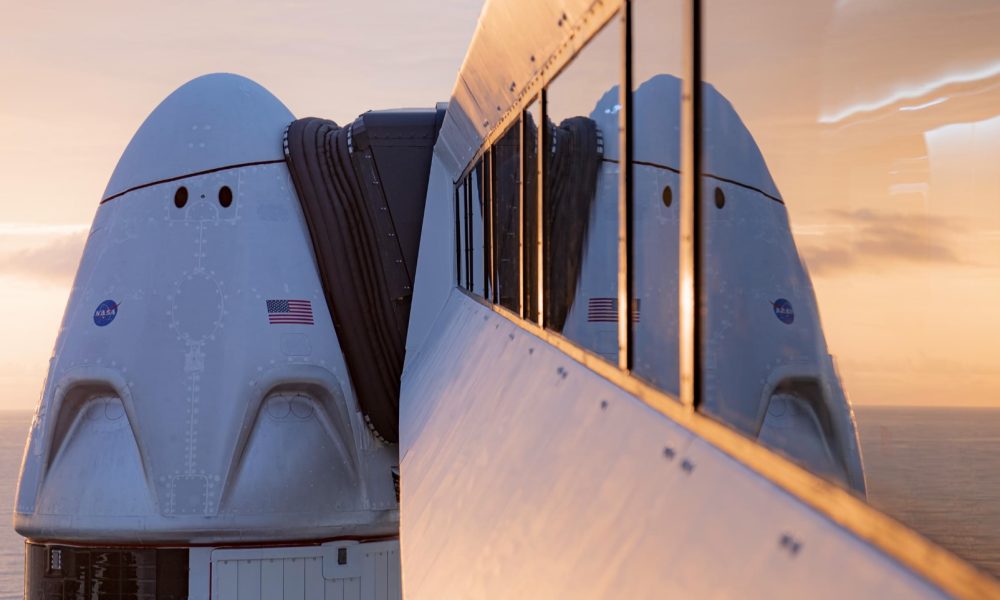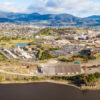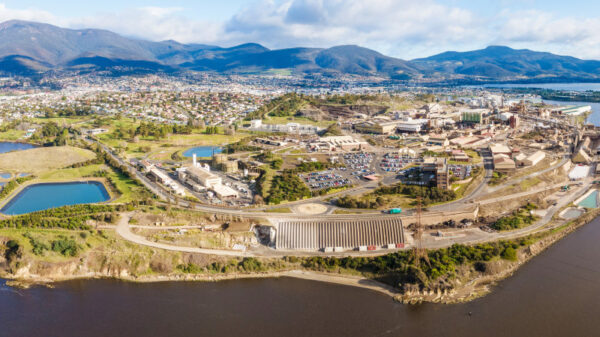NASA and SpaceX are preparing for the launch of the Crew-11 mission, scheduled for July 31, 2025. This mission will transport a team of astronauts to the International Space Station (ISS) from Launch Complex 39A at Kennedy Space Center in Florida. The Crew Dragon Endeavour will be used for this flight, propelled by a Falcon 9 booster.
The Crew Dragon Endeavour has already established itself as SpaceX’s most experienced crew vehicle, marking its sixth flight. As noted by SpaceX’s director of Dragon mission management, Sarah Walker, this spacecraft has successfully transported 18 astronauts from eight countries since its inaugural mission in 2020, which featured NASA astronauts Bob Behnken and Doug Hurley. Walker highlighted the significance of Endeavour’s role in restoring human spaceflight capabilities to the United States after the Space Shuttle program ended in July 2011.
Enhanced Safety Features and Experienced Crew
For the upcoming mission, Endeavour will introduce SpaceX’s upgraded drogue 3.1 parachutes, designed to improve reentry safety. This launch will serve as the first operational test of these enhancements, reflecting SpaceX’s commitment to continual improvement of its crewed spacecraft.
The Falcon 9 booster designated for this launch, core B1094, has a solid track record, having previously supported two Starlink missions as well as the private Ax-4 mission launched on June 25, 2025. The Crew-11 team consists of four astronauts: NASA’s Zena Cardman and Mike Fincke, along with Japan’s Kimiya Yui and Russia’s Oleg Platonov.
Coordinated Launch Schedule and Operational Challenges
The timing of Crew-11’s launch is particularly critical, as it coincides with NASA’s detailed planning for a series of missions. The mission is expected to arrive at the ISS around the same time that Crew-10 will be departing, along with the arrival of SpaceX’s CRS-33 resupply mission. According to Bill Spetch of NASA, meticulous coordination is essential given the limited launch resources available.
Spetch emphasized the importance of maintaining the ISS’s altitude and resupply schedule. “Providing multiple methods for us to maintain the station altitude is critically important as we continue to operate and get the most use out of our limited launch resources,” he stated. The successful handover between Crew-11 and Crew-10 will be an important demonstration of this capability.
As the launch date approaches, both NASA and SpaceX are focused on ensuring a successful mission that builds on the significant achievements of prior flights, further solidifying their roles in the future of space exploration.


